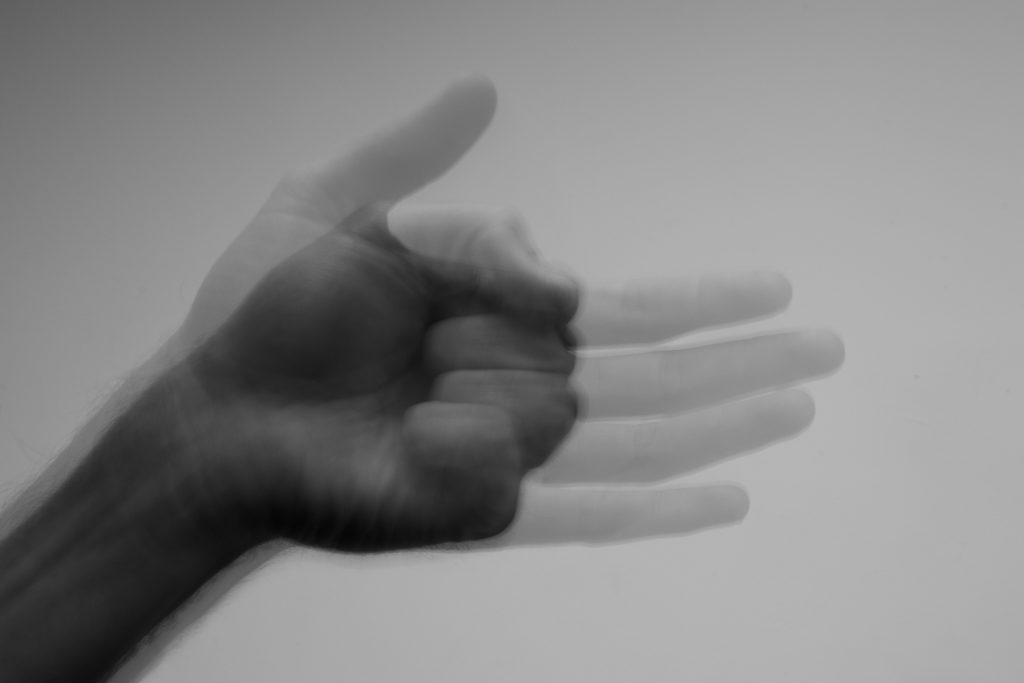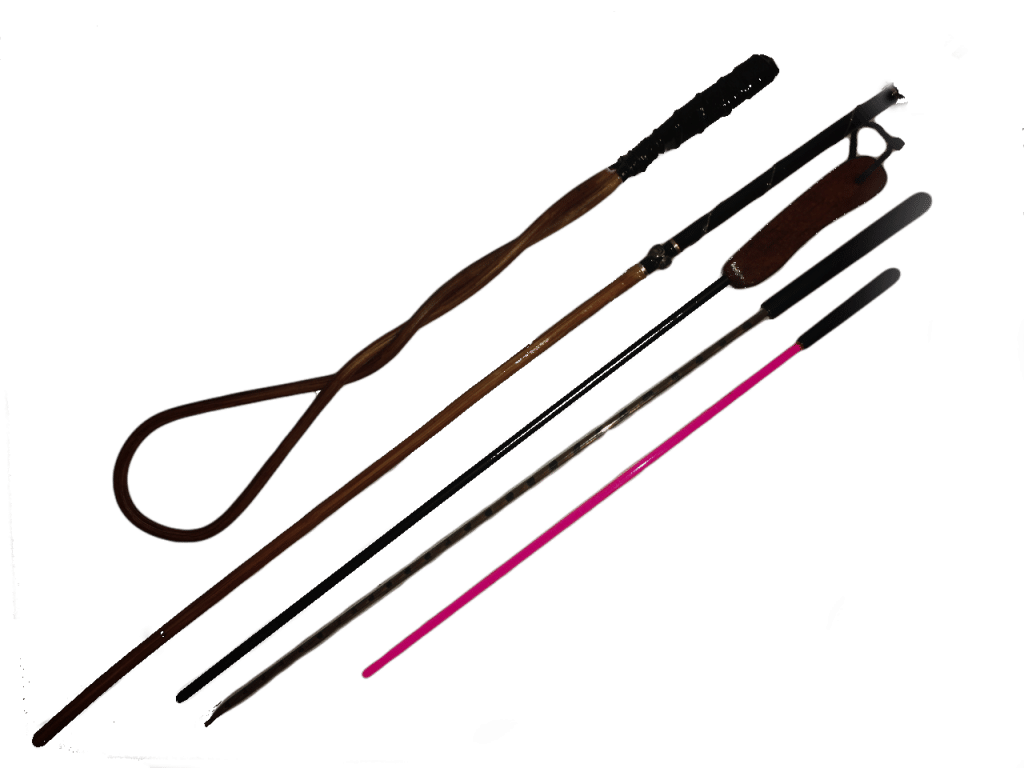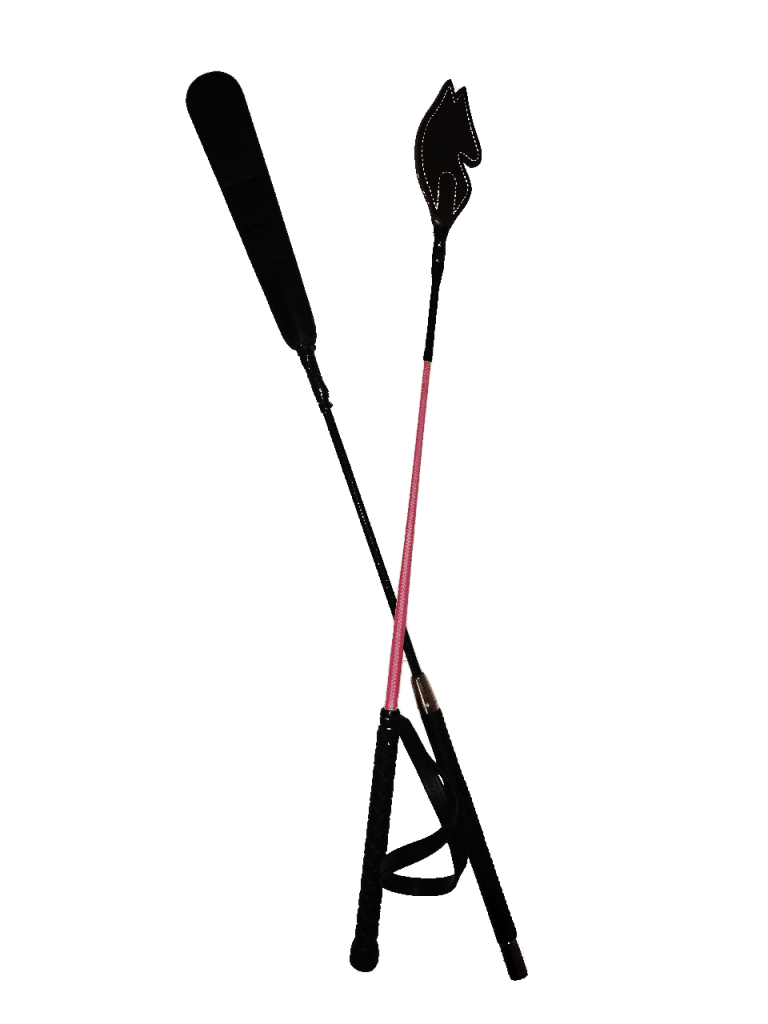Types of Impact Play

Spanking
Spanking is a go-to kink activity for so many people, in and out of the lifestyle. It can be a fun way to spice up the sex-life, but also a great way to reinforce behaviours in a Power Exchange Dynamic, as both a punishment or a “funishment”. Generally, and traditionally, a spanking is performed with the hand; however there are many alternatives:
- Leather belt
- Wooden spoon/spatula
- Hairbrush
- A dedicated paddle, or a slapper.
In essence, anything with a flat edge that you can hold can be used to provide a spanking.

Spanking Tips
For a first time spanker; KISS – Keep It Simple, Slow. Start by using your hand; it’s free, easy to use, highly accurate and provides real-time, live feedback as to how hard you are hitting the bottom. A great way to start out is by gently caressing or rubbing your partners rear, this sends a signal to your bottom that you are about to begin, identifies the target area, but also can pass along a sense of tenderness.
Start with softer strikes; feel out what the pair of you are willing to give or receive. Perhaps there is an area of particular tenderness to avoid? Or one that provides a greater, more satisfactory sensation? This is the time to work that out. Swinging away will cause you to fatigue quickly, but likely cause your partner to use a safeword far earlier than either of you had hoped, thus risking a drop from either or both of you.

Punching and Slapping
Slapping is very similar to a spank, but not on the buttocks; commonly a slap would be administered to the face. Much like a spanking, it’s a good idea to signal the incoming blow by stroking the bottom’s cheek beforehand. For the slappee it would be sensible to have your mouth closed and clenched, and where possible to “roll” with the strike.
Punching on the other hand is a form of Impact Play that is entirely different from a slap, despite using the same instrument. Because of the closed fist, it produces a deep, solid, and if unpracticed, bony impact and as such, the face is to be avoided. Areas to target however, are much the same as flogging; chest (often upper, for women, but punching (and slapping) breasts can be pleasurable for some), thighs, arms, buttocks and back.
When punching, it is best to avoid using the knuckles; instead aim to use the bottom of the fist or flat part. Once again, it’s best to practice this on a pillow or dummy as it seems simple, but it’s so easy to twist the hand a little the wrong way just before impact and end up using the knuckles. Punching can cause some deep tissue damage, so this is worth factoring into a scene as well as checking between strikes on the target area.

Flogging
Flogging allows for multiple sensations across multiple areas of the body, by varying technique, the material used, or both. Strands of practically any material, when bundled together with a handle, can become a flogger where both the number of strands, their thickness and the material chosen will have an effect upon the sensation it causes. Some common examples might include:
- Suede
- Leather
- Silicone
- Paracord
- Rubber
It’s important with flogging to practice and seek out instruction on the proper technique as it can be much more harmful to the bottom, if used incorrectly, than a paddle or hand. The basics of it are to make sure you have the room to swing the flogger before you begin, and begin by simply rotating your wrist in a figure of eight motion so that each downwards motion causes a strike to land.
Start softly and as you get comfortable you can choose to increase the force behind the swings. Slow and steady swings will create a more “thuddy” sensation, whereas sharp, fast swings will elicit a more “stingy” sensation. These sensations can easily be varied within a scene, creating a sense of the unknown for the bottom, which often adds to the fun!
When flogging, like with any form of Impact Play, where you strike is extremely important. The back offers the largest target area; but the chest, thighs and perhaps even the genitals can also be suitable targets. Be careful to avoid the face, stomach and sides as these areas are high risk from serious damage.

Whipping
Much like flogging, whipping is done with an implement composed of a material bound to a handle; the key difference being a whip is a single strand, the tail of which can be forked. As a result of this single strand, whipping can often result in welts and cuts, rather than bruising, so it is an absolute must to practice on a pillow, dummy or just something other than a person until you are happy with your technique and accuracy.
Also like flogging, it is best and practically essential to seek instruction from an experienced Top before trying to use a whip for the first time. They are as much a danger to yourself as to those around you. Before beginning make sure you have enough space around you, that you’re comfortable with the technique, that both you and your bottom have agreed upon the safewords/gestures for the scene and have negotiated the number of strikes etc.

Canning
The cane itself is typically a long, cylindrical implement used to strike a more muscular part of the body. Other than that, they come in all shapes, all sizes, and in a variety of materials. Caning itself is much like spanking with an implement; varying the wrist action, swing, material or width of the instrument all play a factor in creating varying sensations during a scene.
The key difference, however, is that due to it’s much thinner nature a cane is likely to cause a more localized pain response with an intense afterburn. Caning has a tendency to mark quickly and easily, so fewer strikes are usually required if marking was the intention of the scene.
Like with whipping, there is a possibility of welts, but also a possibility of drawing blood, so bear that in mind when planning and preparing for the scene. Like with so many other implements, start slow and softly and build upwards from there.

Cropping
Contributors: Researched, written and published by Mistress Michelle and Umlindi.
